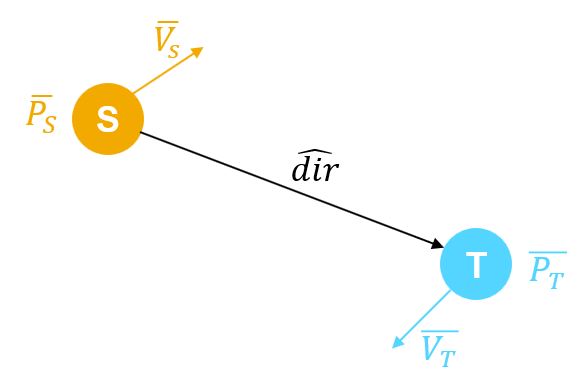dopplershift
Syntax
Description
shift = dopplershift(source,target)target asset
corresponding to the source asset. Both source and
target must belong to the same satelliteScenario
object. If the value of AutoSimulate
property of the satelliteScenario
object is true, the dopplershift function returns
the Doppler shift history from the value of StartTime to
the value of StopTime.
Otherwise, it returns the Doppler shift history from the value of StartTime to
the value of SimulationTime.
[___] = dopplershift(___,
additionally specifies one or more carrier frequencies at which to calculate Doppler
shift.Frequency=freq)
Note
The dopplershift function uses the Geocentric Celestial
Reference Frame (GCRF) coordinate system to perform all calculations.
Examples
Input Arguments
Output Arguments
More About
Version History
Introduced in R2023a

